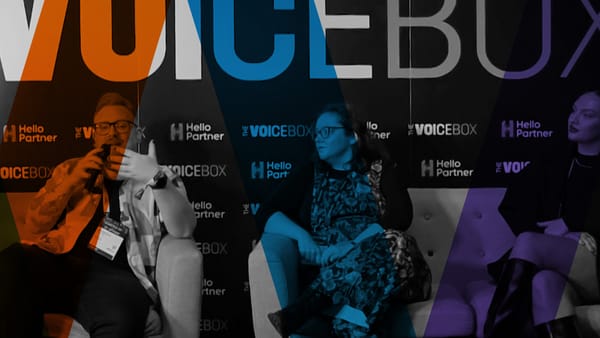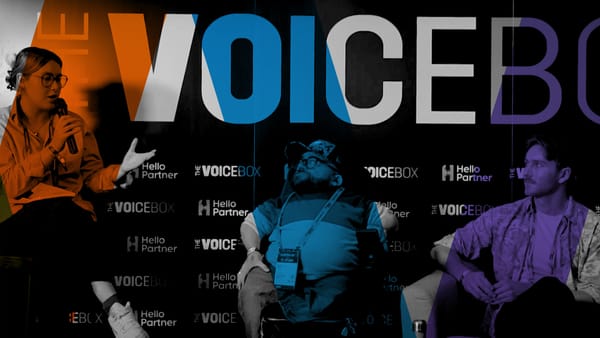Employee advocacy is not a new concept. At its core, it means that corporations hope that employees will promote the brand on either their private social media accounts or the company accounts. The goal is to use employees to generate brand awareness, word-of-mouth marketing, and trust.
Think of it as companies asking employees to stan the company brand via stories and messages, or simply to become the brand’s megaphone. Social media influencer marketing, on the other hand, is actually a more recent phenomenon and a different concept. Here the idea is that someone has a community of people, built over several years, who voluntarily visit the influencer’s social accounts to see what they have to say related to a specific topic. For example, fitness influencers or beauty influencers have an audience that trusts them on those topics. When those influencers post to promote a company or brand, the idea is that they can transfer some of the social authority, trust, and even attention that they’ve built to the brand.
Hiring an influencer has become expensive as demand for their services has skyrocketed. As a result, some marketers are starting to argue that their own employees can fill the role of influencers. The idea is to revive the idea of employee advocacy and you use it to the brand’s advantage by turning employees into influencers. In reality, the idea that employee advocacy can have a better effect than word-of-mouth influencer marketing by a third-party is as silly as other common marketing myths.
Why employee advocates are not the same as influencers
The whole point of influencer marketing is that people believe people. Brands? Not so much. This is because, in real life, brands often create videos to deliver this kind of message. Those videos might be great and ignite people’s curiosity, but they don’t inspire trust in the same way that person-to-person recommendations do. In fact, brand-created content does not usually get more than two seconds of our attention (and trust).
Let’s look at a real example. Amanda shows her love for CoSchedule, where she works, and she does it well. She will inspire some, and even influence them. But to say that that this kind of post should be a brand’s only influencer campaign and should replace social media influencers who do not work at that company won’t work.
Compare Amanda’s ability to influence on behalf of the company to the ability of a third-party influencer who has been posting for years on topics that relate to the brand. Employee posts just won’t be seen as objective and will have to include a disclaimer on every post.
Also, we know that social engagement is everything. Therefore, serious influencers spend hours every day, engaging on their feeds. It can be very demanding – followers want a lot of attention. It’s hard to believe that employers will give their employees several hours a day to be on social any time soon, even if they are promoting the brand
sometimes too.
On the other hand, imagine someone named Alisa who is very active on social media. She is so passionate about yellow street shoes and for the past three years has written and shared her passion on her Instagram feed and stories. Alisa spends five hours a day, six days a week, engaging with comments on her posts, DMs, as well as randomly responding to potential community members on their posts. She is available for her followers. Her community members and followers ask for a lot of attention and can be demanding, yet Alisa understands that personal relationship building is a part of an influencer’s job. And what she posts is beautiful, with a great point-of-view (she’s become an expert on those shoes and it shows). The pictures, the videos, and the words she uses to express her joy for yellow street shoes, as well as various thoughts about life, keep Alisa’s followers coming back.
Through that, she has built such a great relationship with followers that they are electrified and inspired by her posts and check back constantly to see what she’s posted because they want to. She is a community builder. She changes people’s opinions, she has influence and is an influencer.
Even though Alisa the influencer is paid by companies sometimes too and includes #ad on her posts promoting products, her love for shoes and the community she has built are unrelated to any particular brand. Her influence about yellow shoes pre-dates anything she’s done for the companies that hire her, so her voice is trustworthy and meaningful.
Employees cannot replace influencers
Employees can’t replace influencers because they don’t have third-party objectivity on the topic (they work at that company after all). Secondly, employees are not given enough time to engage in their posts. Smart brands, therefore, should stick with an in-house social media strategy, run by experienced dedicated social media managers who move the social presence needle for the company brand and message. Those brand social media managers should hire suitable third-party influencers as part of that strategy. So don’t believe the argument that having employee advocate influencers replace third-party influencers is a trend. It’s not – or if it is, it’s not a smart one.
When can employee advocacy be helpful?
Unless companies allow employees to allocate at least two hours a day, on the company’s time, to engage on social media, and unless companies give their employees time to post frequently about topics related to their brand, and agree that their employees can be critics too, the answer is simple.
Employees can be helpful in one area only: re-sharing the social content produced by the company’s professional social media team and adding a personal note when they do so. That’s it — employees can amplify the brand’s existing messages and stories on social media.








